FTC Disclosure: If you make a purchase via a link on this site, We may receive a small commission on the transaction - at no added cost to you. Thank you!
Hummingbird Banding
A Key Tool for Their Survival
What is hummingbird banding?
Hummingbird Banding is placing a small, thin, uniquely numbered band around the leg of a hummingbird.
This is done by licensed researchers and volunteers for the purpose of their conservation and learning more about their habits, migration, size, weight, longevity, and threats to their survival that all contribute to the health of the population.
This information is documented and submitted to the BBL (Bird Banding Laboratory) of the the USGS (U.S. Geological Service). The BBL collaborates with the BBO (Bird Banding Office) of the Canadian Wildlife Office to administer the NABBP (North American Bird Banding Program).
The process of banding is not complicated:
- Hummingbirds are
lured into Traps containing nectar.
- The banders then remove each hummingbird to be studied.
- They hold the hummingbird while measuring its body, wings and tail
feathers.
- The bander then gently wraps the tiny hummingbird in mesh cloth to
weigh it. Quickly, the hummingbird is removed from the cloth in order to be
observed.
- A soft puff of air with a straw across the feathers enables the
researcher or volunteers to determine other characteristics such as chest size
and body fat.
- This banding only takes a few minutes. Afterwards, the hummingbird is fed some nectar and released.
How tiny is the band?
The band of a hummingbird is smaller than one used for other
birds. There is an acceptable standard bird banding criteria. On average a
hummingbird weighs 3.5 grams and a leg band is about 0.001 gram.
This is about 5500 bands in an ounce.
It must never exceed 3 to 5
percent of the birds’ weight. Since this formula might be adapted depending on the species and size of the bird, banders often make their own bands.
If you are wondering, for a hummingbird this band might feel like a watch or other light jewelry we might wear. So it does not bother them at all or hinder their flight capabilities.
This is extremely important for the hummingbird that depends so heavily on flight for survival. Since this band is so small, there is only room for a 5 digit number preceded by a letter.
Hummingbird bands have no room to contain any message for the finder. Since the bands are issued by the Bird Banding Laboratory, you should contact them or a local bander if you see a banded hummingbird.
Here is a link to contact the BBL.
Who Can Band Hummingbirds?
Only dedicated trained and licensed persons can band hummingbirds.
Anyone who wants to band hummingbirds must obtain a permit from the Bird Banding Laboratory. These permits are usually only awarded to those who are affiliated with an organization or school that has an ornithological program.
Licensed hummingbird banders must first train with a licensed bander at a banding location. The candidate must learn every hummingbird species that visits that location.
In addition, understanding how to determine the age and sex of the bird is important.
Of course, the apprentice needs to learn how to cut and apply the bands.
Acquiring the necessary data is a learned skill. Such as "how much does the hummingbird weigh" or "how long is the body" and "how long are the wings"?
This data will always be sent to the BBL. So learning how to submit this data is another critical part of the apprenticeship.
Here is a video of Tanya Beasley, a licensed bander with the
Arkansas Game & Fish Commission:
Why Are Hummingbirds Banded?
Most of what we know about hummingbirds came from banding. Yet, there is still a great deal still to learn.
In the whole context of bird banding, hummingbirds have been banded much less than other birds. The most obvious reason to band hummingbirds is to learn about their history.
The only way to learn the age of a hummingbird is to re-capture it year after year. We now know that a hummingbird lives an average of 3 to 5 years.
We now understand that Hummingbird Migration patterns might change from year to year.
With banding, researchers can learn not only the present location of the hummingbird but where it has migrated from.
As we have stated, banders learn the size, shape, weight and a number of other characteristics of these birds from data compiled and collected. All of this information is valuable for hummingbird conservation purposes.
Where and when are hummingbirds banded?
Hummingbirds are banded throughout North America.
The best time to band hummingbirds is during the spring and fall migrations.
Even though a hummingbird migrates alone, they do generally end up and gather at the Flyway areas.
Alabama’s Fort Morgan Banding Station is the sight of the first landfall and last departure location along the Gulf of Mexico for migratory Ruby-throated hummingbirds.
Southwest Arizona which is part of the International Flyway is lucky enough to host a diversity of hummingbird species.
During these spring and fall months, hundreds of nets are put out to trap the many hummingbirds to be banded daily.
If you enjoy hummingbirds and are interested in their conservation you might enjoy a Hummingbird Festival. Hummingbird Banding demonstrations are often given at these fun family events that often include plenty of good food, crafts and more.
When you attend and watch this enlightening demonstration, remember to appreciate the hard work and dedication of those who chose to help the effort and become banders.
More species of Western hummingbirds seem to be finding their way East. If you happen to live in the East and see an uncommon species of hummingbird, especially in the winter, you can contact Hummingbird Research, Inc.
This organization provides a list of banders who might come to your property to band this hummingbird. They are always looking to increase their knowledge base in regard to hummingbirds. If a new species is adapting to your location the Hummingbird Research, Inc. would be interesting in knowing about this.
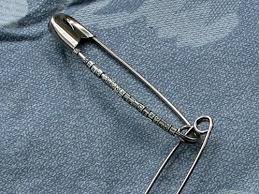
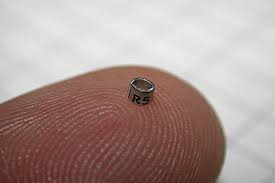
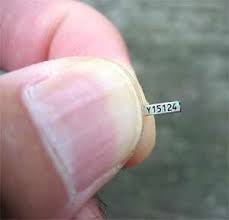
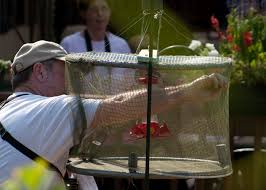
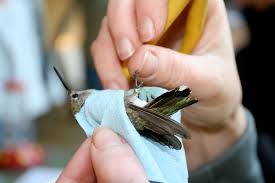
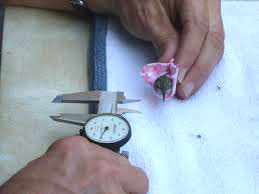
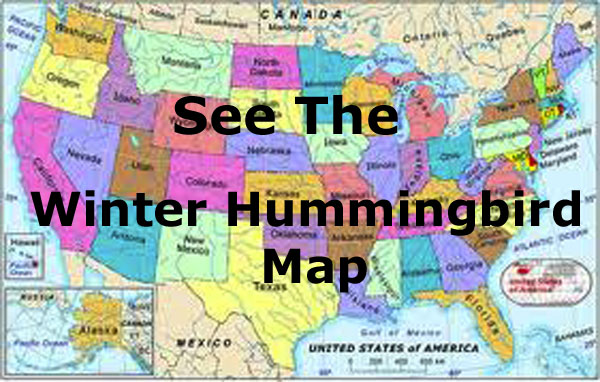

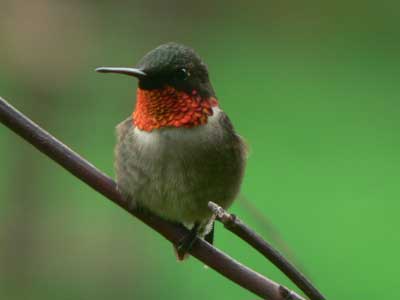







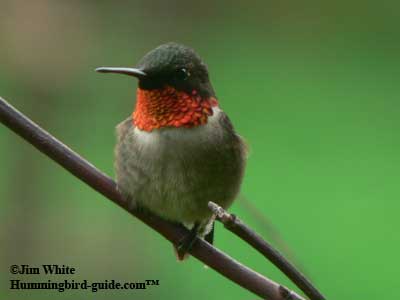
New! Comments
Have your say about what you just read! Leave me a comment in the box below.